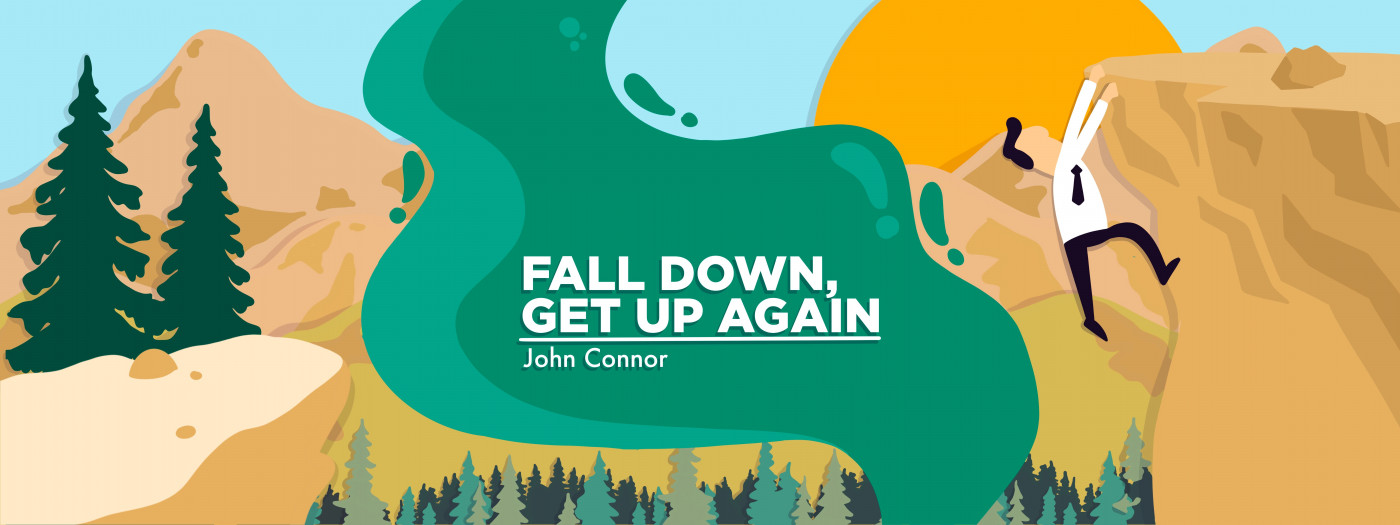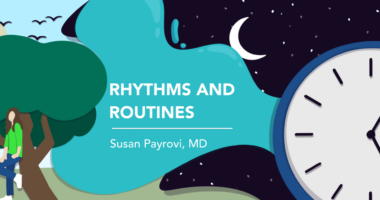Reflections from the front line: The waiting game
A crisis in the UK's National Health Service leads to a bottleneck of patients

It transpired that I’d gone and fallen at the worst possible time, landing myself in the midst of a major news story.
I’d been aware that what had toppled me was most probably my persistent urinary tract infections (UTIs). They were different and numerous, and acted like allied combatants against me. Fiendishly clever, the bugs form a colony in the bladder, then communicate with one another by quorum sensing.
That they also had managed to pick the worst time ever to overwhelm me was a bit much. Thrusting me into what was at the time the lead news story in the U.K. was somewhat amazing. Those bugs had obviously been paying more attention to current affairs on TV than I was!
A healthcare crisis
It was the end of last November, and the ravages of an underfunded National Health Service (NHS), the harrowing effect of COVID-19 and a thereby shattered workforce, plus Brexit’s stripping out of 4,000 doctors had reduced hospitals — the one British organization we all devoutly support — to something akin to developing economies. Satisfaction with the NHS has now plummeted to its lowest level ever.
For three or four days, I slowly trundled through the complex queue of patient-filled trollies, waiting like everyone else for an elusive place in a ward and, therefore, treatment. I’m not sure of the time scale, as fever ravaged through me, and my mind consequently wandered to some very strange places.
When I was in junior high school, on the long trudge home after classes I would always be confronted by a hill that was the equivalent of trying to climb a black ski run. Oh, how I envied any baby lucky enough to be pushed in their pram up that hill. Never once did I consider the plight of the suffering mother. What a brat!
It was the 1960s, so such solo escapades were de rigueur. The climb was only about 500 yards, but I’d be 100 yards higher by the time I’d shuffled to the top. In those far-off days, puny British cars had to be gunned to ensure that they’d even make it up the steep incline. I had only my little, 8-year-old legs!
I’m terrible at remembering road names, but this one is indelible. Queen Elizabeth’s Walk was named after Henry XIII’s young daughter, who supposedly spent much of her time as a teen at the nearby Carew Manor, keeping her head down, as it were, from the attentions of her volatile father.
Elizabeth’s and my home of Beddington was still in the orbit of the London Court, but at 10 miles out, it was a safe, Pluto-like distance. Henry only owned the whole shebang because he took a fancy to it and had Sir Nicholas Carew, his then master of the horse, unseated by dint of treason. Well, you try riding a horse when your head’s been lopped!
Cleverly, as he was executed for treason, everything was seized under English law, and all of his land and property were returned to the crown. Henry — what a grifter!
Why such a daydreaming sojourn into my youth? Well, for a start, who said studying local history would never be useful? The other was that I was now the one being pushed. Weirdly, I’d somehow gotten my wish!
An intervention
My multiple sclerosis undoubtedly gave me some sort of theme park fast pass. That, or I’d been picked out via triage as someone who could survive but needed to be seen relatively quickly. It took me only those three or four days to get to the head of the queue.
I have a hazy memory of being pushed carefully past trolley after trolley of other waiting patients. Carefully, as there was hardly any room. Every corridor was stuffed. Waiting rooms had never been so aptly named.
How did the staff cope? How did my fellow becalmed patients cope? The British way: stoically.
In the ward, I’d previously managed to somehow hold myself together until now. So I let go.
My brain and my eyes were out of phase. I did the only thing possible: I lost consciousness.
Nighty-night.
Note: Multiple Sclerosis News Today is strictly a news and information website about the disease. It does not provide medical advice, diagnosis, or treatment. This content is not intended to be a substitute for professional medical advice, diagnosis, or treatment. Always seek the advice of your physician or other qualified health provider with any questions you may have regarding a medical condition. Never disregard professional medical advice or delay in seeking it because of something you have read on this website. The opinions expressed in this column are not those of Multiple Sclerosis News Today or its parent company, Bionews, and are intended to spark discussion about issues pertaining to multiple sclerosis.








William Seery
I have Transverse Myelitus which I contracted in 2011. This condition refereed me partially paralyzed from the from the T4 portion of my spine.. I had to have a Baclafen pump installed near my spine to relieve my spasticity
ELIZABETH COHEN
JOHN, I USE THE FOLLOWING FOR UTI'S: D-MANNOSE POWDER 3 TIMES A DAY--2 SCOOPS OF POWDER IN 4 OUNCES OF WATER; PLUS LIQUID FROM GOOD BYE UTI WITH A BOSTON, MASS. PHONE NUMBER--2 TABLESPOONS IN 4 OUNCES OF WILD BLUBERRY JUICE FROM WYMANS ON LINE, THIS LAST JUICE ALSO HELPS YOUR IMMUNE SYSTEM AND IS RECOMMENDED BY THE MEDICAL MEDIUM WHICH IS ANOTHER EXCELLENT SOURCE FORIMPROVED HEALTH FOR MANY DISEASES.